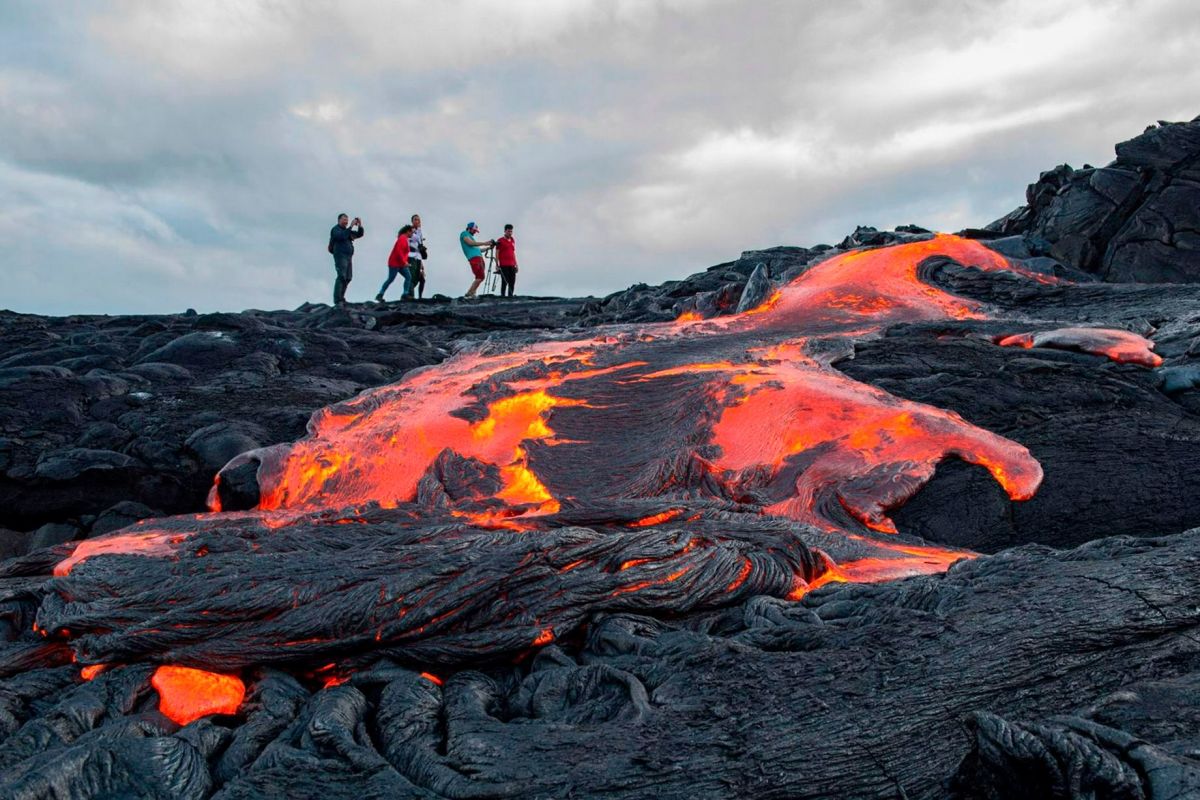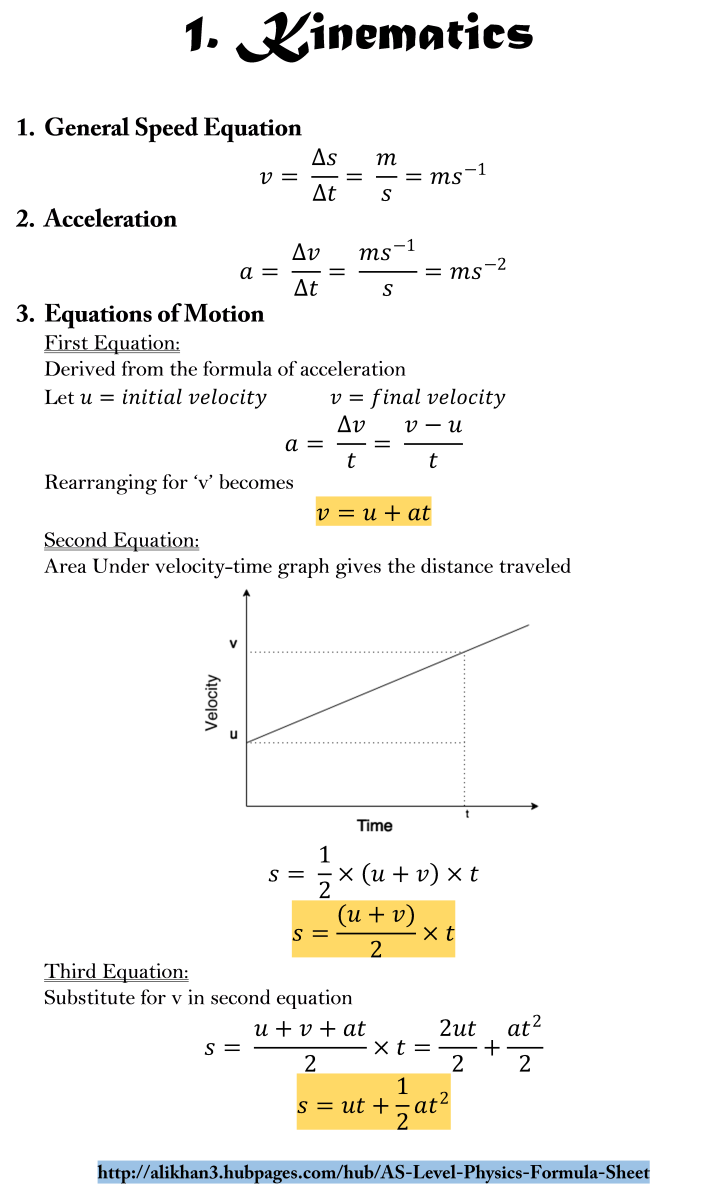An Introduction to Chaos Theory and Fractal Geometry

A Butterfly in Brazil Can Cause a Tornado in Texas?
We just begin to think we understand what's going on around us in the universe. We get comfortable with the "Big Bang," "Black Holes," and "Pulsars." Most of us agree life follows Evolution's directives and that the latest Conservative Government is going to tax us to death. We are copasetic with the fact that the world's nations are skidding all around the planet on Tectonic Plates and that a random rock from space could end life as we know it with no warning; some even believe Cliff Richard when he maintains he’s “not gay!”
All-in-all, mankind is a pretty clued-up lot in 2011.
The, on one hard-to-forget night, we switch BBC 3 or 4 on in the UK and find ourselves in the middle of an erudite discussion about something that has just been words - to me at least - for the last few years; something I though had more the smack of alchemy than that of true scientific doctrine.
I am talking about Chaos Theory, describing a State of Disorder in systems - slowly becoming fact - and the application of Fractals, the discovery that many things we thought to just possess the properties we could see and describe in Euclidean terms, were much more complex and harder to determine.
Chaos Theory has its basic parameters in mathematical theory with some pretty complex formulae to tell the expert what it is. The discipline also takes in philosophy, biology, ecological systems and, of course, physics. Which has allowed the theory to attract the attention of a whole lot of braniacs.
What Chaos Theory does is tell us we cannot - and to an extent, why - predict what many systems will do. That means forecasting like Weather, for example (and explains why so many errors), It also explains much about the movements of the Solar System, Population Growth, Sub-Atomic Particles, Medical Conditions and much more.
Edward Lorenz in 1972 famously described the force which might first edge a system towards chaos as "A butterfly flapping its wings in Brazil causing a tornado in Texas!"
This is why long-term weather prediction of more than a week or so has proved impossible...these are too many "butterfly's wings" at work. And it states simply why predicting many systems accurately is impossible: any tiny force can cause huge changes.
Fractals.
When we look at a mountain, a cloud, a lightning strike, or a coastline we see it as a simple shape: we might say a mountain looks like a cone; a cloud a sphere, or blob; we usually say lightning zigzags until it hits something; a coastline is seen as just that, a line which rises and falls and goes in or out.
When we look at snowflakes without a microscope, we see nothing of the incredible patterns of the always-six-sided crystalline shapes. Same for frost forming on our windowpanes. Even the prosaic cauliflower or broccoli - our bathroom fern - show nothing of the complex Fractals which really make up their forms.
A Fractal, then, is "a whole which can be fragmented and its parts are at least a close copy of the whole." This sometimes called "Self-Similarity." The term "Fractal" was introduced by a great scientist, Benoit Mandelbrot quite recently (1975).
His fractal geometry covers the construction of plant structure, our blood vessels, the above mentioned geological features. Also art, music, architecture and much more. He showed how masses can be broken down into their underlying construction. His famous "Mandelbrot Set" (see pic) amazed the scientific community; one saw it as God's Thumbprint." (This is more amazing as a computer model and has to be seen).
In fact, this hub can only be an introduction to Chaos Theory and Fractals without becoming a scientific work: beyond space here and beyond the author's ability; it might inspire you to read more.








